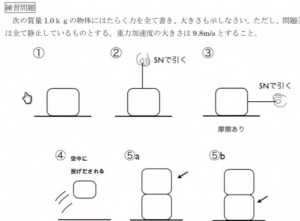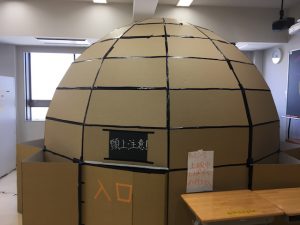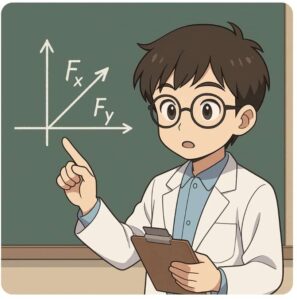Draw a Face on a Balloon: Making Invisible Forces Visible! A Magical Way to Master Physics’ “Force Arrows”

Have you started high school and are already scratching your head over the basic science courses? Physics, especially, can be a major headache. You’re told, “Draw the forces!” but they’re invisible, so how can you even begin? Many people feel lost. Even if your teacher tells you, “First draw the force of gravity, and then draw forces from what’s touching the object,” you might still not know which way the arrows should point. For anyone struggling with this, I’m here to share a special method that “visualizes” forces and makes learning physics fun, even if you’re not a fan of the subject.
One of the most crucial things in learning physics is to identify all the forces acting on an object and represent them in a diagram. Without this skill, solving problems and calculations becomes incredibly difficult. That’s why you need to thoroughly master this “magic method for finding forces” first.
Think like the object itself!
The secret to finding forces is surprisingly simple. Your secret weapon: a balloon!
Worksheet on Forces and Equilibrium (PDF)
First, download the worksheet above and draw all the forces acting on the objects in questions 1 through 6. If you can do this without a hitch, you have a natural talent for physics!
But if you find yourself stopping and thinking, “Which way was that force again?” you might be on the verge of giving up on physics entirely. This is where the “balloon” comes in!
Start by drawing a face on the object in the worksheet.
Now, imagine the object is made of a balloon. If this balloon were subjected to gravity or touched or pulled by another object, how would it deform?
Draw arrows in the direction the balloon would get squashed or stretched. Those arrows are the forces acting on the object!
For example, a box sitting on a desk. Imagine this box is a balloon and draw a face on it. Gravity pulls it down, so the balloon would try to flatten downwards. That’s gravity. And where the desk is supporting it, the balloon would be pushed back and try to expand upwards. That’s the normal force.
Thinking about “how the balloon would deform” makes it surprisingly easy to figure out the direction of forces. Before getting bogged down in difficult theories, mastering this simple intuition is the fastest way to get good at physics.
So, how was that? By thinking like a balloon, the direction of forces should feel much more intuitive.
Physics can feel challenging at first. But by grabbing hold of little tricks like the one we’ve covered today, you might just find it becomes a lot of fun.
・『決定版!共通テスト物理基礎 改訂版』 (Gakken)
Inquiries & Requests
Let’s make science’s wonders and fun more accessible! We’ve put together easy-to-understand explanations of cool science experiments you can do at home, along with tips. Feel free to search for more!
・About the manager, Ken Kuwako: Click here
・For various requests (writing, lectures, workshops, TV supervision, appearances, etc.): Click here
・Updates are also available on X!
![]() Our Science Neta Channel features experiment videos!
Our Science Neta Channel features experiment videos!





